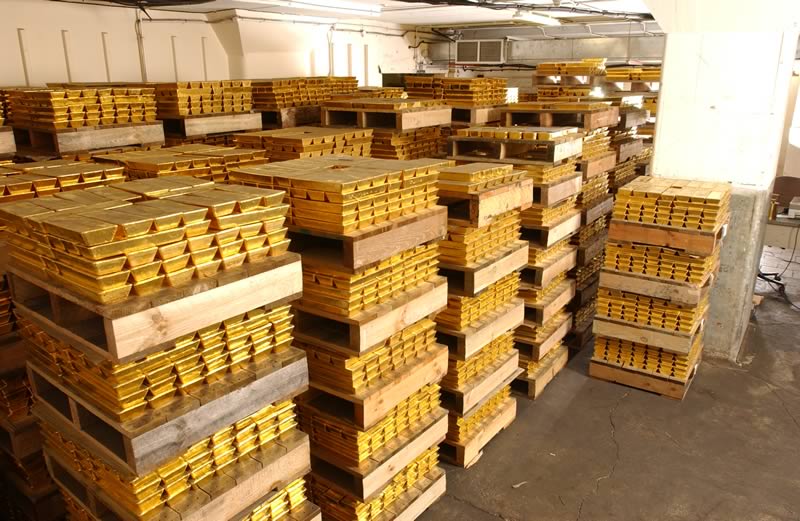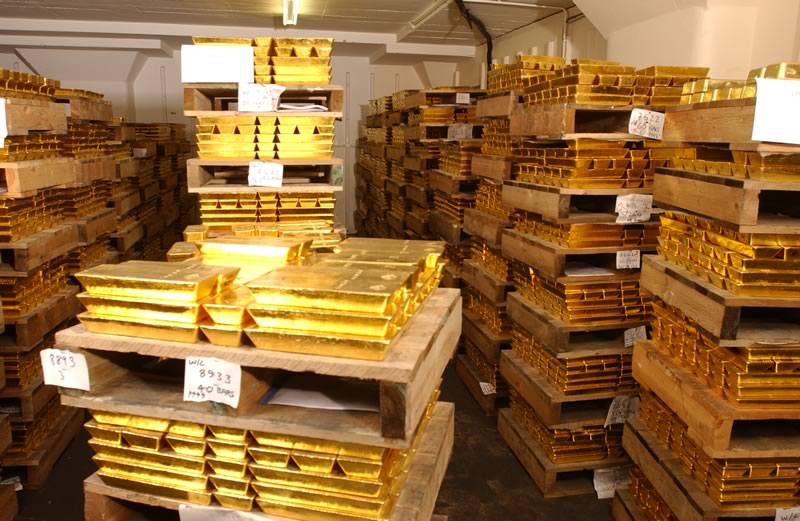A nation’s gold reserve, managed jointly by its central bank and finance ministry, plays a crucial role as a component of its foreign exchange reserves. This reservoir of gold serves as a strategic asset, influencing the economic stability and financial standing of the country.

Central banks and finance ministries collaborate to build and maintain the gold reserve, recognizing its intrinsic value and global significance. The accumulation of gold is often viewed as a safeguard against economic uncertainties and fluctuations in currency values. Nations with substantial gold reserves aim to fortify their financial position, providing a buffer during times of economic turmoil.

The gold reserve serves multiple purposes within a country’s economic framework. Firstly, it acts as a store of value, ensuring that the country possesses tangible assets that are not subject to the same volatility as currencies. Additionally, gold is a liquid asset, meaning it can be readily converted into cash if needed, providing a level of flexibility in managing economic challenges.

Furthermore, the gold reserve is instrumental in underpinning the credibility and confidence in a nation’s currency. The assurance that a country possesses a significant amount of gold can enhance trust in its economic policies, both domestically and internationally. It contributes to the overall perception of the country’s financial stability, influencing investment decisions and trade relations.

Over the years, the dynamics of gold reserves have evolved, with some nations actively managing and adjusting their holdings to align with changing economic landscapes. As a vital component of a country’s economic arsenal, the gold reserve remains a symbol of economic strength, resilience, and a strategic tool in navigating the complexities of the global financial system.